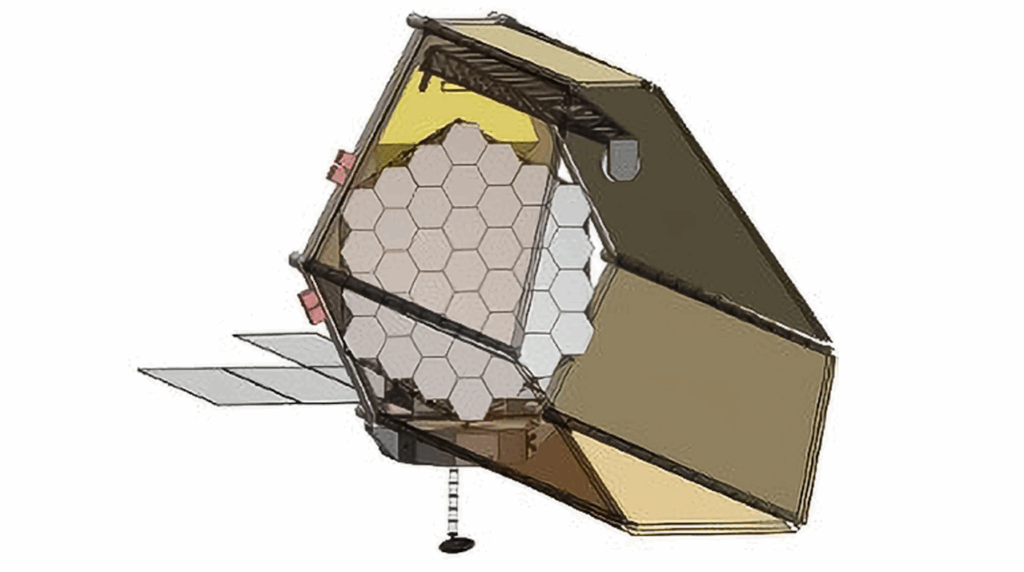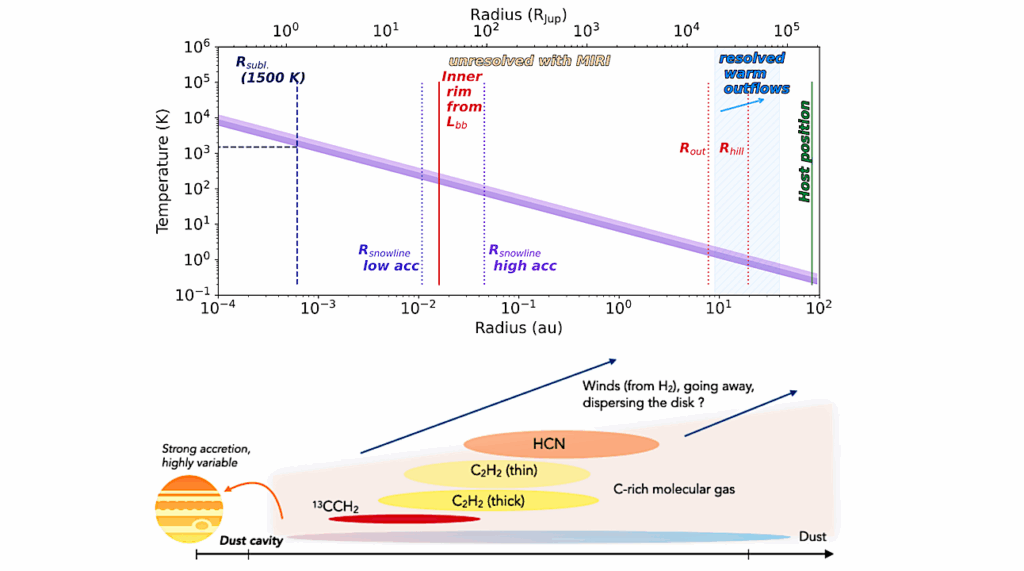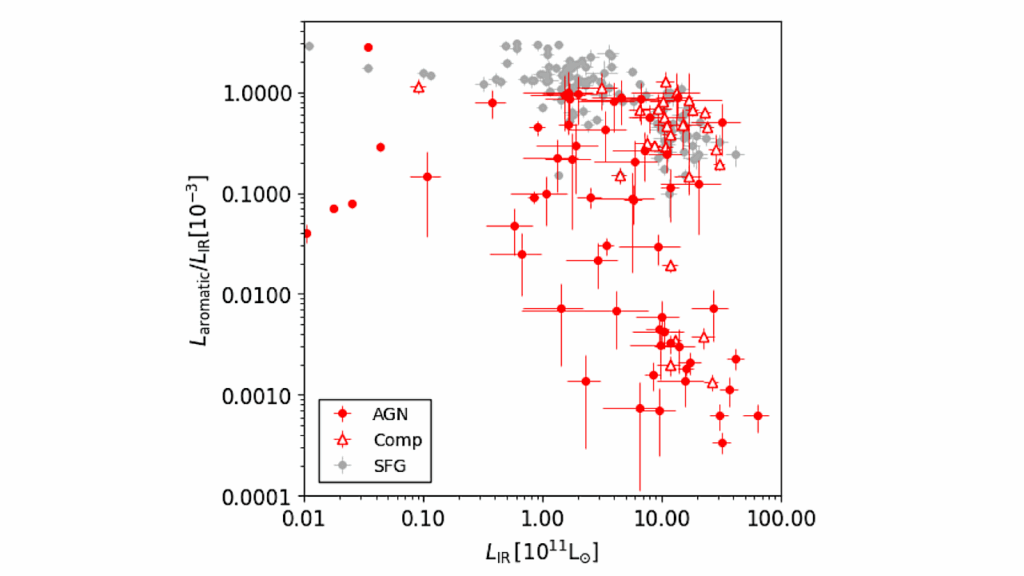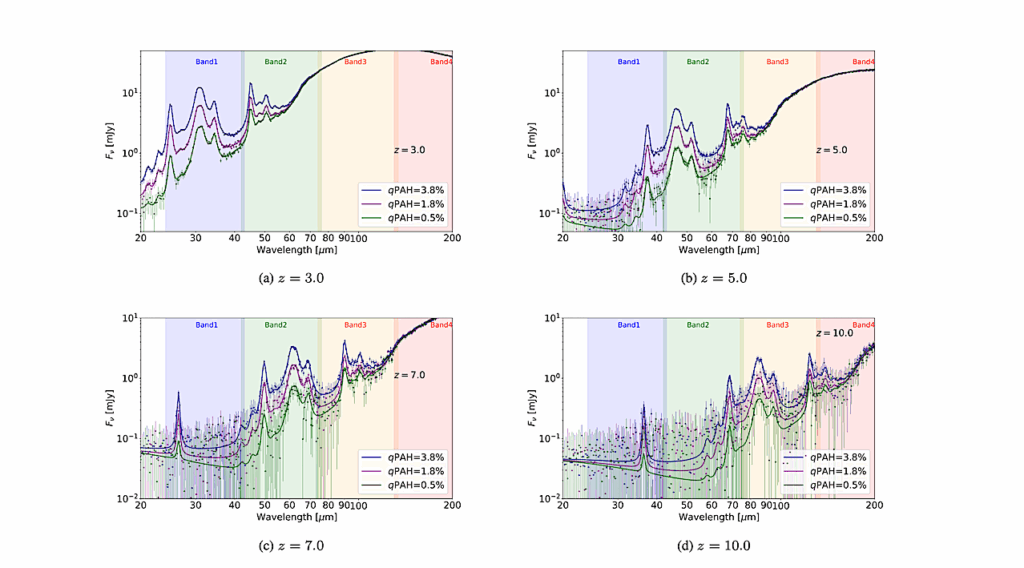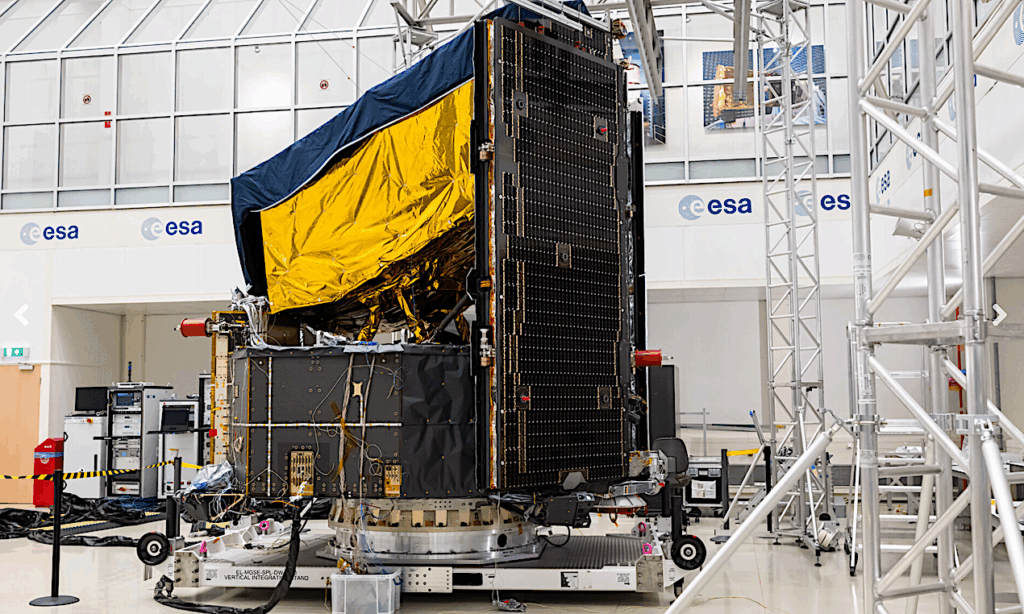KOBE 1: The First Planetary System From the KOBE survey. Two Planets Likely Residing in the sub-Neptune Mass Regime Around a Late K-dwarf
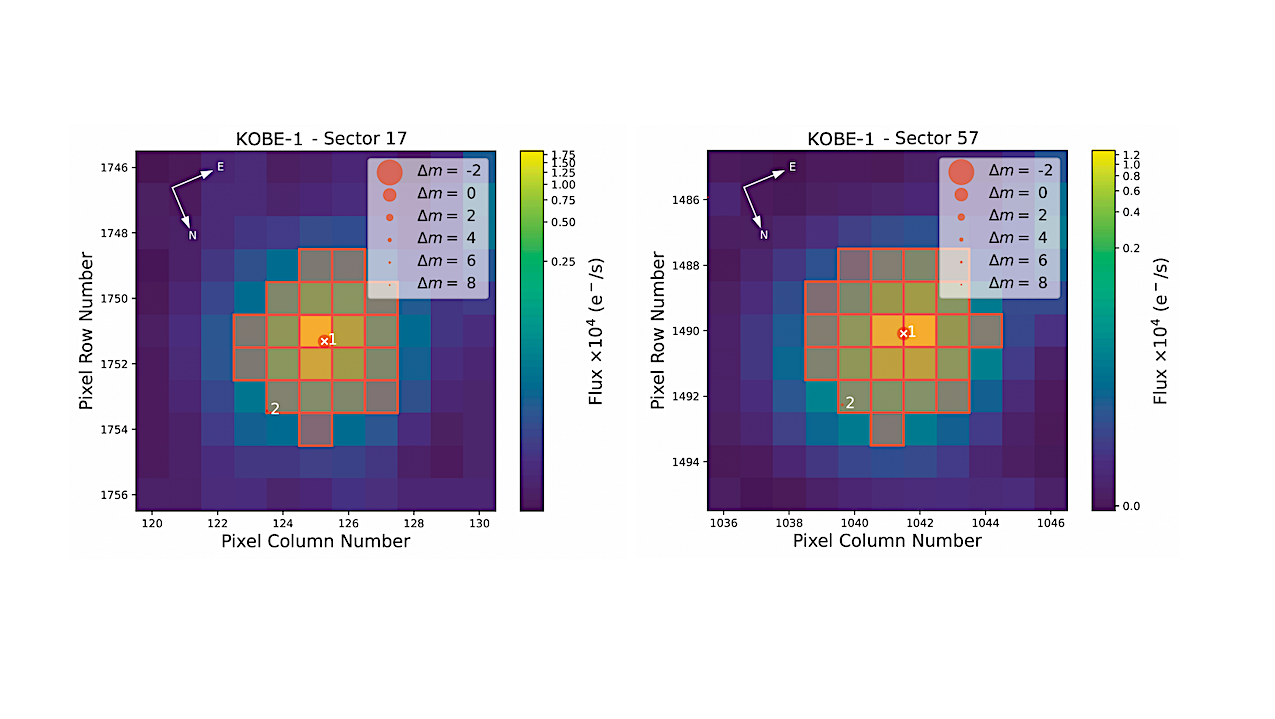
K-dwarf stars are promising targets in the exploration of potentially habitable planets. Their properties, falling between G and M dwarfs, provide an optimal trade-off between the prospect of habitability and ease of detection.
The KOBE experiment is a blind-search survey exploiting this niche, monitoring the radial velocity of 50 late-type K-dwarf stars. It employs the CARMENES spectrograph, with an observational strategy designed to detect planets in the habitable zone of their system.
In this work, we exploit the KOBE data set to characterize planetary signals in the K7V star HIP 5957 (KOBE-1) and to constrain the planetary population within its habitable zone. We used 82 CARMENES spectra over a time span of three years. We employed a GLS periodogram to search for significant periodic signals that would be compatible with Keplerian motion on KOBE-1.
We carried out a model comparison within a Bayesian framework to ensure the significance of the planetary model over alternative configurations of lower complexity. We also inspected two available TESS sectors in search of planetary signals. We identified two signals: at 8.5d and 29.7d.
We confirmed their planetary nature through ruling out other non-planetary configurations. Their minimum masses are 8.80+/-0.76ME and 12.4+/-1.1ME, corresponding to absolute masses within the planetary regime at a high certainty (>99.7%). By analyzing the sensitivity of the CARMENES time series to additional signals, we discarded planets above 8.5ME within the habitable zone.
We identified a single transit-like feature in TESS, whose origin is still uncertain, but still compatible within 1sigma with a transit from planet c. We have explored future prospects for characterizing this system, concluding that nulling interferometry with the LIFE mission could be capable of directly imaging both planets and characterizing their atmospheres in future studies.
O. Balsalobre-Ruza, J. Lillo-Box, A. M. Silva, S. Grouffal, J. Aceituno, A. Castro-González, C. Cifuentes, M. R. Standing, J. P. Faria, P. Figueira, A. Santerne, E. Marfil, A. Abreu, A. Aguichine, L. González-Ramírez, J. C. Morales, N. Santos, N. Huélamo, E. Delgado Mena, D. Barrado, V. Adibekyan, S. C. C. Barros, Á. Berihuete, M. Morales-Calderón, E. Nagel, E. Solano, S. G. Sousa, J. F. Agüí Fernández, M. Azzaro, G. Bergond, S. Cikota, A. Fernández-Martín, J. Flores, S. Góngora, A. Guijarro, I. Hermelo, V. Pinter, J. I. Vico-Linares
Comments: 29 pages, 21 figures, 10 tables, published in Astronomy & Astrophysics
Subjects: Earth and Planetary Astrophysics (astro-ph.EP)
Cite as: arXiv:2502.01249 [astro-ph.EP] (or arXiv:2502.01249v1 [astro-ph.EP] for this version)
https://doi.org/10.48550/arXiv.2502.01249
Focus to learn more
Journal reference: A&A, A15, 694 (2025)
Related DOI:
https://doi.org/10.1051/0004-6361/202452631
Focus to learn more
Submission history
From: Olga Balsalobre-Ruza
[v1] Mon, 3 Feb 2025 11:19:41 UTC (8,526 KB)
https://arxiv.org/abs/2502.01249
Astrobiology,


